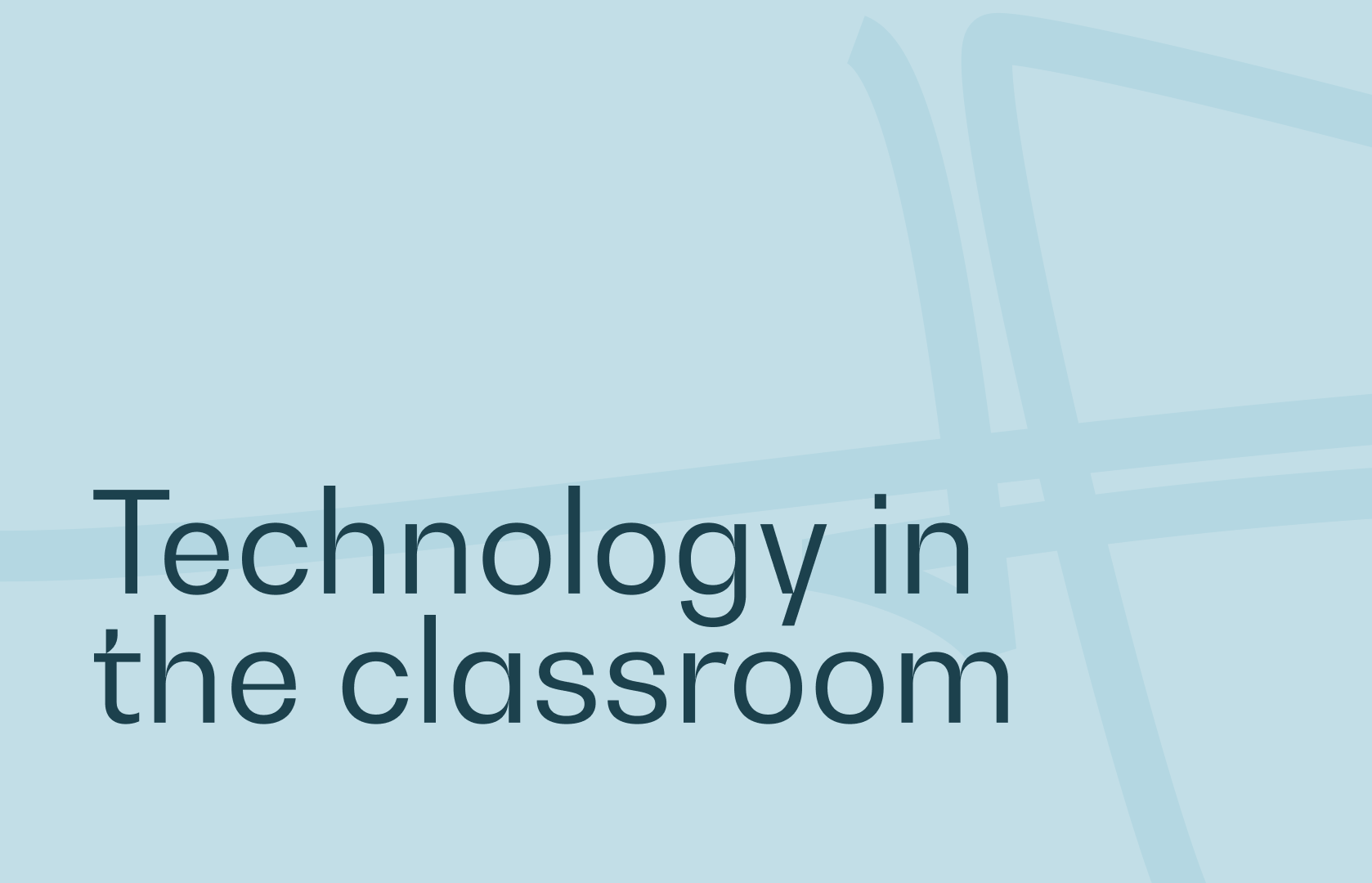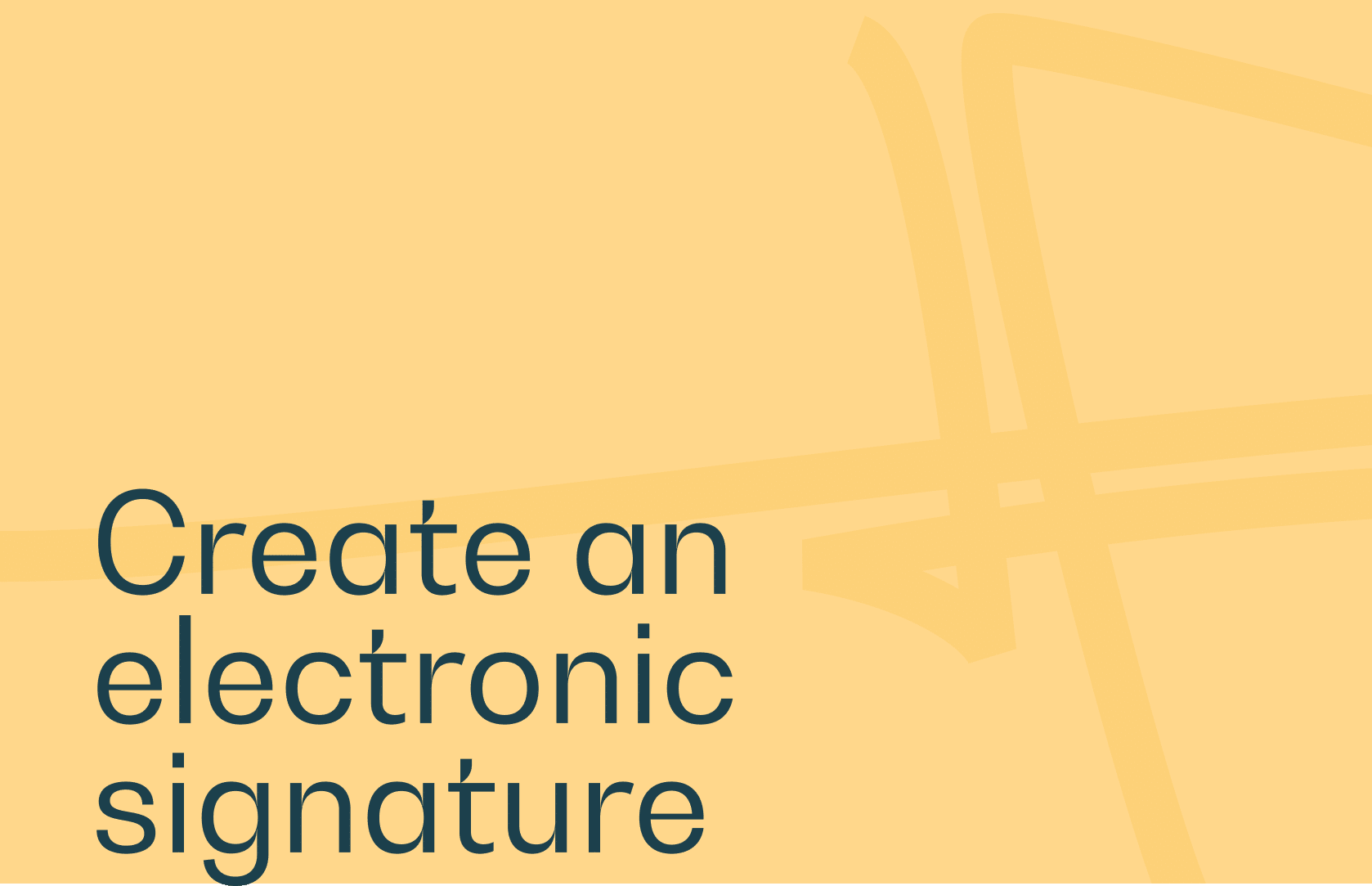The use of technology and digital can help improve student success in a number of ways. For example, technology can help teachers tailor learning to students‘ individual needs, using algorithms to identify each student’s strengths and weaknesses and providing tailored resources.
The key is to ensure that technologies are used effectively and efficiently, in collaboration with qualified and trained teachers.
How can technology help improve teaching?
Technology can offer new tools and methods for teaching, enabling greater interactivity and student engagement. This can include simulations, online experiments, educational games, animated presentations and explanatory videos.
In addition, technology can help facilitate communication between teachers and students, which can strengthen their relationship and enhance learning. New technologies can also provide a variety of online resources for students, including articles, e-books, databases and online forums. Finally, technology can enable more effective and accurate assessment of student learning.
Student commitment
Students are often more engaged and interested when they can interact with digital tools and interactive media. Technology can provide a more flexible learning environment, where students can learn at their own pace and according to their personal interests.

This can lead to increased motivation and more active participation in class. Finally, the use of technology can encourage students to work collaboratively and share their ideas, which can boost their understanding and confidence.
What are the advantages of digital technology in schools?
Digital technology can do many things for students, including :
- Access to online learning resources :
Students can access a variety of online resources, such as articles, e-books, databases and online forums, which can help them deepen their knowledge of a subject. Tools like Pitchboy bring these elements together. In fact, the platform boosts attention levels by a factor of 4 and reduces memorization time by a factor of 4. This type of tool provides greater immersion for the learner, who can also interact with the platform.
- Flexible learning :
Digital technology enables students to learn at their own pace and according to their personal interests, which can further motivate them. Articulate 360 and 360Learning are platforms that enable online, self-paced learning. This type of learning leads to a higher retention rate, as each learner learns at his or her own speed, and is not dependent on trainers as in face-to-face training. Flexibility in training is a major asset when it comes to training quality.
- Increased interactivity :
Students can interact with digital tools and interactive media to enhance their understanding and engagement in the learning process. Edmodo is a platform for online communication and understanding between learners and teachers, modeled on the way social networks work, which develops interaction between them. Kahoot, too, is a quiz tool that is also used for comprehension. In fact, the tool creates online quizzes in the form of a game, through which the trainer can ask his learners questions. This type of platform is very useful when it comes to checking learners’ retention of information. It’s also very useful for learning during training
- Online collaboration :
Digital technology can enable students to work together on online projects, which can help them develop their teamwork and communication skills. For example, Gather or Microsoft Teams can be used to communicate live for group work, or for any videoconferencing required during training. Canva also supports these programs for online collaboration, enabling you to work on visual documents as a group. These programs are recognized for their ability to enrich creative learning, for example.
- More effective evaluation :
Digital technology can help to assess student learning more accurately and effectively. Digital technology can also automate certain assessment tasks, which can make the process more efficient, less costly and less time–consuming for teachers. Edusign and Quizlet are tools that enable teachers to create questionnaires or quizzes. These tools contribute to more accurate assessment, in addition to constantly monitoring student progress, and can be used as part of a learning control system. Kahoot, as mentioned above, can also be adapted, but does not provide individualized feedback on grades.




